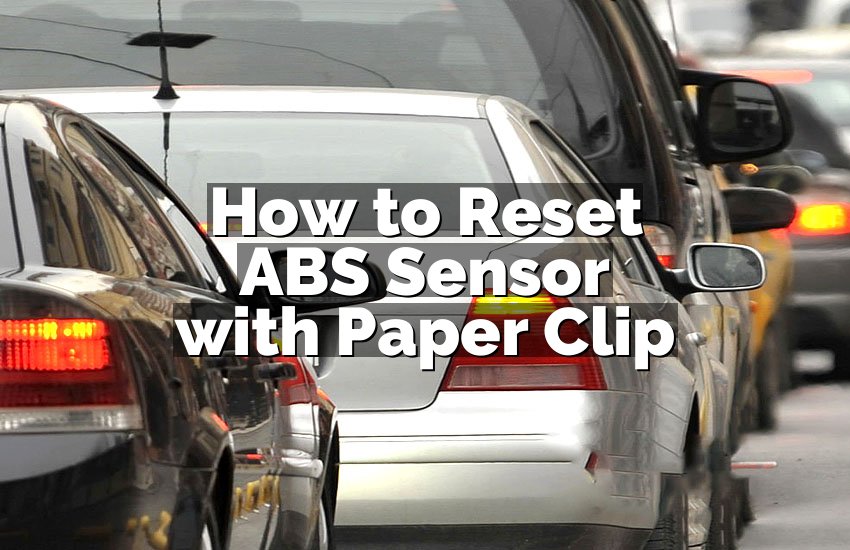A car battery typically lasts around one to two months without driving or charging. The lifespan of a car battery can be affected by various factors, including the weather conditions, age of the battery, and any electrical devices that may be draining the battery.
If a car is left unused for an extended period without starting or charging, the battery’s charge will gradually deplete, eventually leading to battery failure. It is important to keep in mind that regular driving and charging are crucial to maintain the health and longevity of a car battery.
We will explore the factors that affect a car battery’s lifespan and provide tips on how to prolong its life when the car is not in use.
Factors That Affect Battery Life
Understanding the factors that affect the lifespan of a car battery is crucial for every vehicle owner. Whether you are someone who drives occasionally or has a vehicle parked for an extended period, knowing the variables at play can help you make informed decisions about battery maintenance and replacement. Several key factors impact how long a car battery lasts without driving or charging, including climate, the age of the battery, usage, and battery quality.
Climate
The climate in which your vehicle is parked plays a significant role in determining battery life. Extremely hot or cold temperatures can have a detrimental effect on the overall health of your car battery. In high heat, the evaporation of battery fluid increases, leading to a decrease in the battery’s ability to hold a charge. On the other hand, extreme cold can slow down the chemical reactions inside the battery, making it more difficult for it to deliver power to the vehicle’s electrical system.
Age Of The Battery
The age of the battery also affects its lifespan. Over time, chemical reactions in the battery lead to a gradual reduction in its capacity to hold a charge. On average, a car battery typically lasts between three to five years, depending on various factors such as usage and maintenance. As the battery ages, its ability to start the engine and power the vehicle’s electrical systems may become compromised. Regularly checking the battery’s age and considering replacement when necessary can help avoid unexpected breakdowns.
Usage
Usage patterns play a significant role in determining how long a car battery lasts. If a vehicle is primarily used for short trips or infrequently driven, the battery may not have sufficient time to fully recharge. This can lead to a slow discharge and a decrease in battery life. Additionally, if a vehicle is left sitting for an extended period without any usage or recharging, the battery may slowly lose its charge, resulting in a reduced lifespan. Regularly driving your vehicle and allowing the battery to charge fully can help extend its overall life expectancy.
Battery Quality
The quality of the battery itself is another crucial factor. Investing in a well-made, reputable battery can significantly impact its lifespan and performance. Opting for a high-quality battery ensures that it is made with durable materials and designed to withstand the rigors of regular usage and various weather conditions. While high-quality batteries may be slightly more expensive upfront, they tend to last longer and provide a more reliable power source for your vehicle.

Credit: www.pureautocenter.com
Tips To Extend Battery Life
Starting the car for about 15 minutes every two weeks can help keep the battery charged. This prevents the battery from draining completely, which can shorten its lifespan.
Short trips don’t give the battery enough time to recharge fully, leading to a gradual loss of charge capacity. Whenever possible, combine several errands into one trip to reduce the strain on the battery.
Leaving on accessories such as lights, radio, or GPS when the engine is off can drain the battery. Make sure all accessories are turned off before exiting the car to preserve battery life.
Regularly inspect the battery for any signs of corrosion and clean it using a mixture of water and baking soda. Ensure the battery is securely fastened to prevent vibration damage, which can reduce its lifespan.
Signs Of A Dying Car Battery
When a car battery starts to die, it may show signs such as difficulty starting the engine, dimming lights, or a low electrical power to the vehicle’s components. Without regular driving or charging, car batteries generally last three to five years.
Regular maintenance and occasional use can help prolong the battery’s lifespan.
A car battery is an essential component that is responsible for starting your vehicle and powering various electrical systems. Over time, a car battery will inevitably start to lose its charge and eventually die. It’s important to be aware of the signs that indicate your car battery is dying so that you can take action before you find yourself stranded with a vehicle that won’t start. Let’s explore the most common signs of a dying car battery.
Dim Headlights And Interior Lights
One of the first signs that your car battery is struggling is when you notice that your headlights and interior lights appear dimmer than usual. This is because the battery doesn’t have enough power to provide adequate voltage to these lights. If you notice this dimming effect, it’s a clear indicator that your car battery is on its way to dying.
Slow Cranking Engine
Your car’s engine relies on the car battery to provide the necessary power to start. When you turn the key, and the engine cranks very slowly before eventually starting, it could be a sign that your battery is not holding enough charge. This slow cranking engine is a strong indication that your car battery is reaching the end of its lifespan.
Electrical Issues
As the car battery weakens, you may begin to experience various electrical issues in your vehicle. This could manifest as problems with the power windows, radio, or other electrical components not functioning properly. These issues occur because the battery is no longer able to consistently provide the necessary power to these systems, indicating that it’s time to replace the battery.
Battery Warning Light
Many modern vehicles are equipped with a battery warning light on the dashboard. This light is designed to alert you when there’s an issue with the battery. If you see the battery warning light illuminated while driving, it’s a clear indication that your car battery is no longer functioning correctly and should be checked as soon as possible.
In conclusion, recognizing the signs of a dying car battery is crucial for avoiding unexpected breakdowns and ensuring your vehicle remains reliable. Keep an eye out for dim headlights and interior lights, a slow cranking engine, electrical issues, and the battery warning light. If you notice any of these signs, consider replacing your car battery to avoid being stranded on the side of the road.

Credit: www.utahvalleytireinc.com
How To Test The Car Battery
It is important to regularly test your car battery to ensure it is working optimally. By doing so, you can head off any potential issues that may arise and avoid being stranded with a dead battery. There are a few different methods you can use to test your car battery, including using a voltmeter and conducting a load test.
Using A Voltmeter
Using a voltmeter is a straightforward method to test the voltage of your car battery. Here’s how you can do it:
- First, make sure your car is turned off and the hood is open.
- Locate the battery in your car. It is typically located in the engine compartment.
- Take a voltmeter and set it to DC volts.
- Connect the black probe of the voltmeter to the negative terminal of the battery.
- Connect the red probe of the voltmeter to the positive terminal of the battery.
- Read the reading on the voltmeter. A fully charged battery should read around 12.6 volts or higher. If the reading is significantly lower, it may indicate a weak or discharged battery.
Load Testing
Load testing is another effective method to determine the health of your car battery. Here’s how you can conduct a load test:
- Again, make sure your car is turned off and the hood is open.
- Locate the battery and identify the terminals.
- Connect a load tester to the terminals following the instructions provided with the tester.
- Apply the appropriate load to the battery by activating the load tester. This will simulate the battery being under normal operating conditions.
- Observe the voltage reading on the load tester. A healthy battery should maintain a voltage of around 9.6 volts or higher during the load test. If the voltage drops significantly, it may indicate a weak battery that needs to be replaced.
- Disconnect the load tester and ensure the terminals are clean and free from any corrosion.
Regularly testing your car battery using these methods will help you catch any potential issues early on, ensuring your car starts reliably and keeps you on the road.

Credit: www.sofi.com
Conclusion
The lifespan of a car battery without driving or charging depends on various factors. Regular maintenance, proper storage, and occasional use can extend its life. However, constant disuse and extreme temperatures can lead to early deterioration. It’s essential to follow best practices to ensure the longevity of your car battery.


